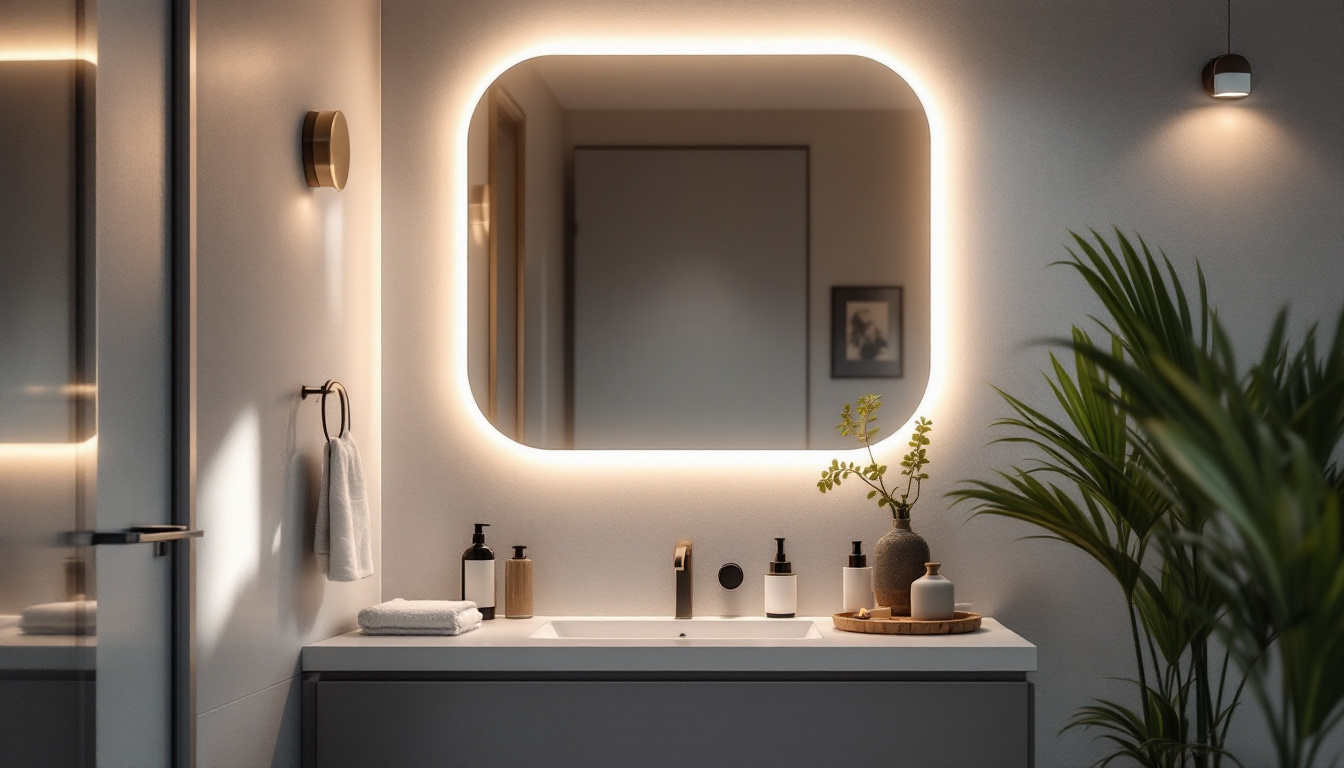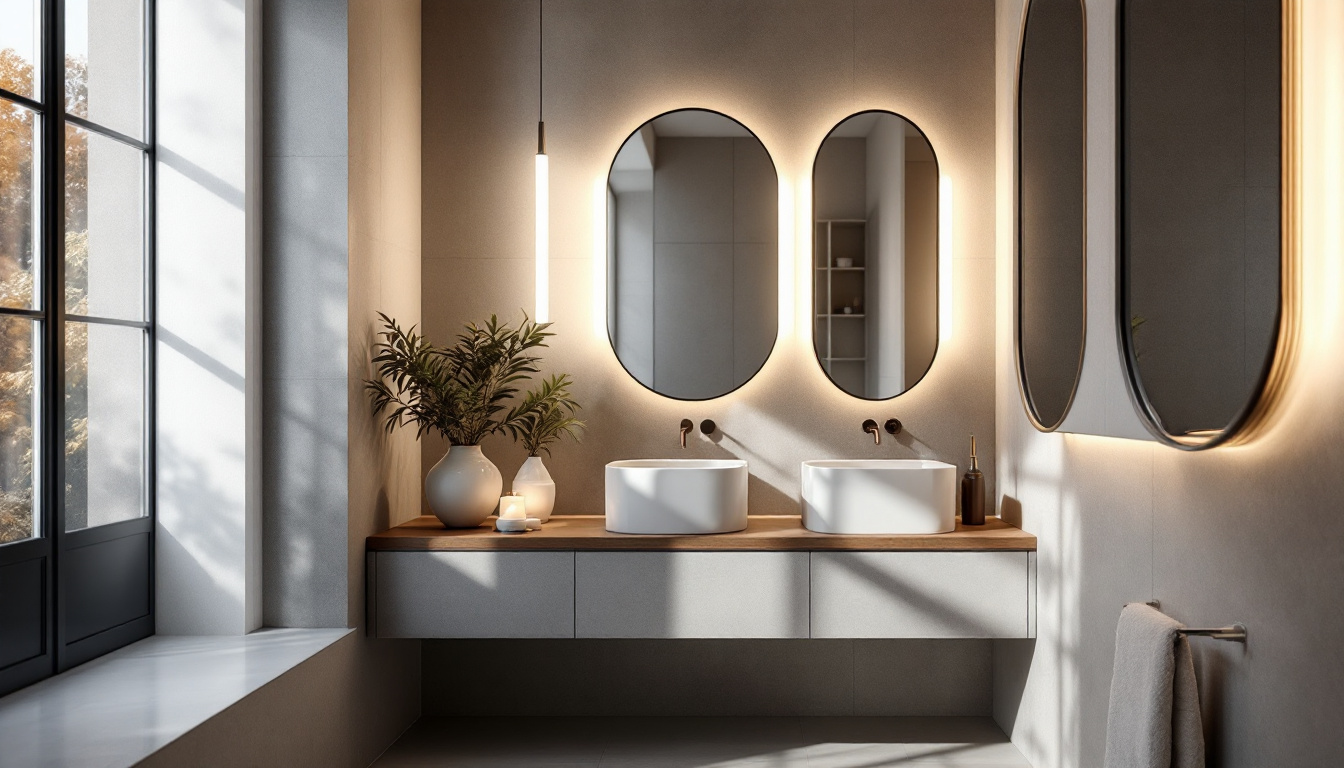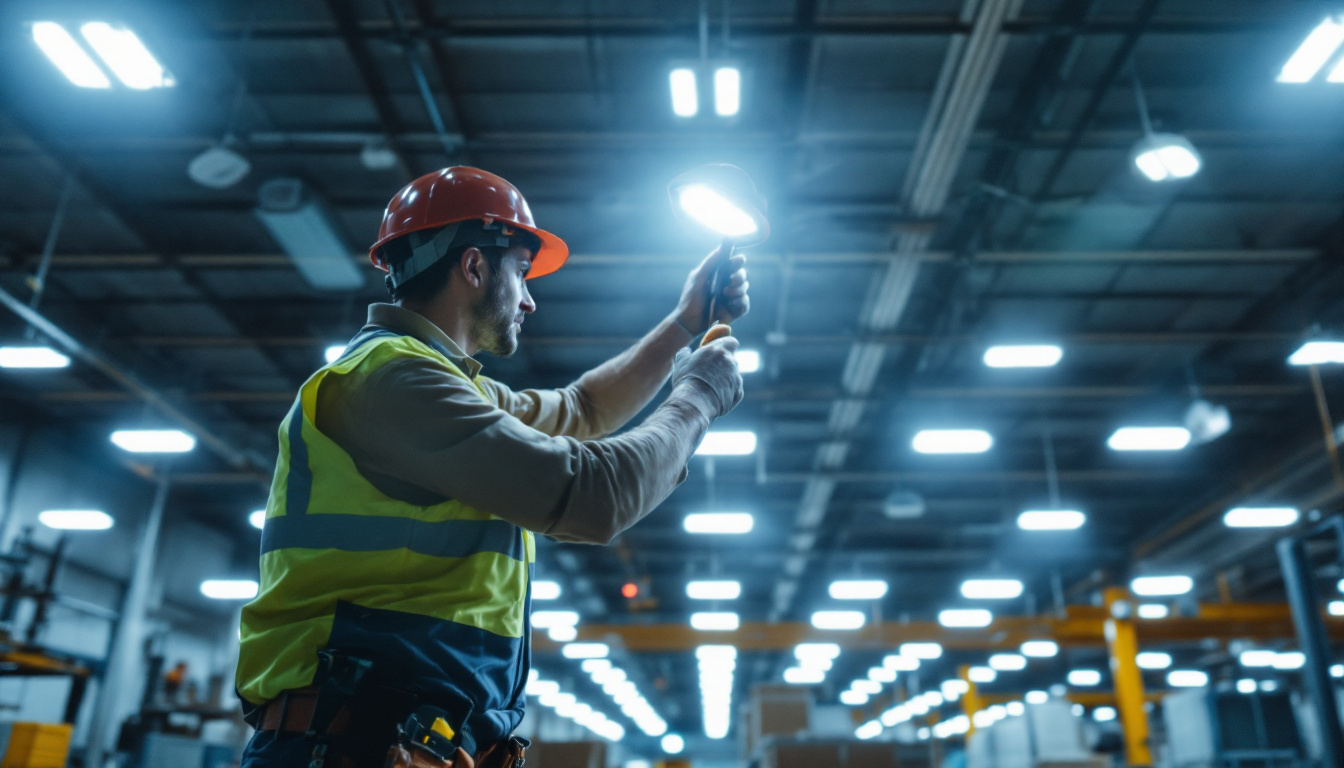
Lighting connectors are essential components in the world of electrical installations, particularly for lighting contractors. Understanding the various types of connectors, their applications, and best practices can significantly enhance the efficiency and safety of lighting projects. This article aims to provide an in-depth overview of lighting connectors, ensuring that lighting contractors are well-equipped with the necessary knowledge to excel in their field.
Lighting connectors serve as the critical link between various lighting fixtures and the electrical supply. They facilitate the safe and efficient transmission of power, ensuring that lighting systems operate effectively. With a wide array of connectors available, it is crucial for lighting contractors to understand their functionalities and appropriate applications.
There are several types of lighting connectors, each designed for specific applications. The most common types include wire connectors, plug connectors, and terminal blocks. Wire connectors are typically used for joining two or more wires together, while plug connectors allow for quick disconnection and reconnection of fixtures. Terminal blocks, on the other hand, are used in more complex installations where multiple connections are required.
Each type of connector has its advantages and disadvantages. For example, wire connectors are often favored for their simplicity and reliability, while plug connectors are valued for their ease of use in temporary installations. Understanding these differences can help contractors choose the right connector for each project. Additionally, there are specialized connectors designed for specific environments, such as waterproof connectors for outdoor applications or connectors that can withstand high temperatures for industrial settings. This diversity in design allows for tailored solutions that enhance both the functionality and longevity of lighting systems.
When selecting lighting connectors, it is essential to consider their ratings and compliance with industry standards. Connectors are rated based on their current-carrying capacity, voltage, and environmental conditions. Choosing connectors that meet or exceed the required ratings for a specific application is crucial for safety and performance.
Furthermore, connectors should comply with relevant electrical codes and standards, such as those set by the National Electrical Code (NEC) or Underwriters Laboratories (UL). Familiarity with these standards ensures that installations are both safe and legal, protecting both the contractor and the client. In addition to these regulations, it is also beneficial for contractors to stay informed about emerging technologies and innovations in connector design. For instance, advancements in materials science have led to the development of connectors that offer improved durability and resistance to corrosion, which can significantly extend the lifespan of lighting installations in challenging environments. By keeping abreast of these developments, contractors can make informed decisions that enhance the quality and reliability of their work.
Proper installation of lighting connectors is vital for the longevity and safety of any lighting system. Adhering to best practices can prevent common issues such as overheating, short circuits, and premature failure of components.
Before beginning any installation, thorough preparation and planning are essential. This includes assessing the project requirements, selecting appropriate connectors, and ensuring that all necessary tools and materials are on hand. A well-planned installation minimizes the risk of errors and enhances overall efficiency.
Additionally, contractors should familiarize themselves with the layout of the electrical system and the specific requirements of each lighting fixture. This knowledge allows for strategic placement of connectors and ensures that connections are made in a manner that optimizes performance. Utilizing a detailed schematic can be incredibly beneficial, as it provides a visual reference that can help in identifying potential challenges and planning the routing of wires and connectors effectively.
Furthermore, considering the environmental factors where the installation will take place is equally important. For instance, if the lighting system is to be installed in a damp or outdoor location, selecting connectors that are rated for moisture resistance can significantly enhance the durability and reliability of the system. Understanding local building codes and regulations can also guide the selection of materials and installation methods, ensuring compliance and safety.
Using the correct techniques when making connections is crucial. For wire connectors, stripping the insulation to the appropriate length and twisting the wires together securely can prevent loose connections that may lead to arcing or failure. Plug connectors should be firmly seated to ensure a reliable connection, while terminal blocks must be tightened to the manufacturer’s specifications to avoid overheating.
Moreover, it is important to avoid over-tightening connections, which can damage the wires or connectors themselves. Following the manufacturer’s guidelines for torque specifications can help maintain the integrity of the connections. Additionally, incorporating heat shrink tubing over connections can provide an extra layer of protection against moisture and physical stress, further enhancing the reliability of the installation.
It is also advisable to regularly inspect connections after installation, especially in high-traffic or high-vibration areas. This proactive approach can help identify any potential issues before they escalate into serious problems, ensuring that the lighting system remains safe and functional over time. Implementing a routine maintenance schedule not only prolongs the life of the lighting system but also enhances the overall safety of the environment it illuminates.
Even with careful planning and execution, issues can arise during the installation and operation of lighting connectors. Being aware of common problems and their solutions can save time and resources.
One of the most prevalent issues with lighting connectors is overheating, which can lead to melting or failure. This often occurs due to poor connections, excessive current, or inadequate ventilation. To prevent overheating, it is essential to ensure that connectors are rated for the current they will carry and that connections are made securely.
If overheating does occur, it is crucial to identify the source of the problem. Inspecting connections for signs of wear or damage can help pinpoint the issue. In some cases, upgrading to connectors with higher current ratings may be necessary to accommodate increased loads. Additionally, ensuring that the wiring is of appropriate gauge can help mitigate the risk of overheating, as undersized wires can contribute to increased resistance and heat buildup.
Corrosion can significantly impact the performance of lighting connectors, particularly in outdoor or humid environments. Moisture can lead to rust and degradation of metal components, resulting in poor connections and potential failures. To combat this, using connectors designed for outdoor use or applying protective coatings can help extend the life of the connectors.
Regular inspections of connectors, especially in challenging environments, can help identify early signs of corrosion. Replacing corroded connectors promptly is essential to maintain the integrity of the lighting system. Furthermore, implementing preventive measures such as sealing connectors with silicone grease or using corrosion-resistant materials can enhance durability. It’s also advisable to keep connectors clean and free from debris, as accumulated dirt can trap moisture and accelerate the corrosion process.
Another common issue encountered with lighting connectors is loose connections, which can lead to flickering lights or complete failure of the lighting system. Loose connections may result from vibration, thermal expansion, or improper installation. Ensuring that all connections are tightened to the manufacturer’s specifications can help prevent this issue. In some cases, using locking connectors or additional mechanical fasteners may provide extra security against loosening.
In addition to tightening connections, it is beneficial to periodically check the integrity of the wiring and connectors. This proactive approach can help detect any signs of wear or loosening before they lead to more significant problems. Utilizing strain relief methods, such as cable ties or clamps, can also help maintain the stability of connections, especially in applications where movement or vibration is expected.
The field of lighting connectors is continually evolving, with new technologies emerging to enhance performance and ease of use. Staying informed about these advancements can provide contractors with a competitive edge.
Smart connectors are an exciting development in the lighting industry, allowing for seamless integration with smart lighting systems. These connectors can facilitate communication between fixtures and control systems, enabling features such as remote dimming, color changing, and scheduling.
As smart home technology becomes more prevalent, understanding how to install and work with smart connectors will be increasingly important for lighting contractors. Familiarity with these systems can open up new opportunities and enhance service offerings.
Advancements in materials and designs have also led to the development of more durable and efficient connectors. For example, connectors made from high-quality plastics and metals can offer improved resistance to heat and corrosion, ensuring longevity in various applications.
Contractors should stay updated on the latest materials and designs available in the market, as these innovations can significantly impact the performance and reliability of lighting systems.
Lighting connectors play a pivotal role in the success of lighting installations, making it essential for lighting contractors to have a comprehensive understanding of their types, applications, and best practices. By familiarizing themselves with connector ratings, installation techniques, and troubleshooting methods, contractors can enhance the safety and efficiency of their projects.
Moreover, staying informed about advancements in connector technology can provide contractors with a competitive advantage in an ever-evolving industry. As the demand for innovative lighting solutions continues to grow, the knowledge and expertise surrounding lighting connectors will remain a cornerstone of successful lighting contracting.
In summary, lighting contractors who invest time in understanding lighting connectors will not only improve their technical skills but also enhance their overall service quality, leading to satisfied clients and successful projects.
Ready to elevate your lighting installations with the best connectors on the market? Look no further than LumenWholesale for all your lighting needs. Our spec-grade lighting products are designed to meet the highest industry standards, ensuring you deliver reliable and high-performance lighting for every project. Say goodbye to local distributor markups and enjoy unbeatable wholesale prices, free shipping on bulk orders, and the convenience of getting premium products directly to your doorstep. Don’t compromise on quality or value; choose LumenWholesale for Wholesale Lighting at the Best Value and make your next project a shining success.

Discover the often-overlooked aspects of T12 lighting that contractors miss.

Discover innovative strategies to future-proof your bathroom lighting projects with our comprehensive guide on vanity lights.

Discover expert techniques and strategies for lighting contractors to effectively install LED bathroom vanity lights.

Discover the key insights and essential tips for lighting contractors working with high bay lighting systems.